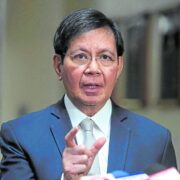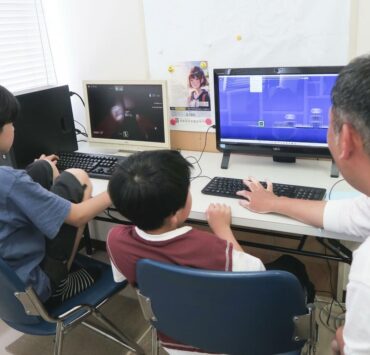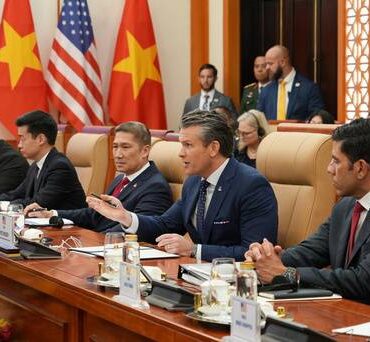Foreigners make up over 10% of people in 27 Japan towns

Foreign residents accounted for more than 10 percent of the population in 27 municipalities across Japan as of January, with ratios in most surpassing projections by a national research institute that saw those levels reached only by 2070, government data showed on Sunday.
As more people from abroad settle in Japan as essential workers amid growing labor shortages, the number of foreign residents stood at 3.76 million as of the end of last year, up a record 350,000 from a year earlier, according to residents register data and immigration statistics.
Municipalities with foreign resident populations above the national average of 3 percent are notably industrial areas or tourist destinations.
The National Institute of Population and Social Security Research projected in 2023 that foreign residents would make up 10.8 percent of Japan’s population by 2070.
An analysis of data covering 1,892 municipalities and administrative wards found that the village of Shimukappu in Hokkaido had the highest proportion of foreign nationals at 36.6 percent.
More than 20%
It was followed by Akaigawa, also in Hokkaido, Ikuno Ward in Osaka, Oizumi in Gunma Prefecture and Kutchan in Hokkaido, all of which had foreign populations exceeding 20 percent.
The 27 municipalities across 13 of Japan’s 47 prefectures included not only industrial zones and tourist spots but also areas with long-established foreign resident communities.
Nearly 80 percent of them have already exceeded the 10.8 percent foreign population projection by the national research institute.
Meanwhile, a total of 151 municipalities across 27 prefectures had foreign residents exceeding 5 percent of their population, while only two villages had zero foreign residents.
Until the 1960s, the number of foreign residents in Japan hovered around 600,000. After a 1990 revision of the immigration law allowed people of Japanese descent to live in Japan as long-term residents, the increase became more pronounced.
Fall and rise
Although the number fell due to layoffs and return migration during the 2008 global financial crisis, it later rose again. After falling during the COVID-19 pandemic, the population is now in what is considered a third phase of expansion.
In recent years, the introduction of a specified skilled worker visa and other immigration system revisions have further accelerated the growth of foreign resident populations.
Resort hotels line the coastline in Onna, Okinawa Prefecture, where foreign residents account for 12.4 percent of the population. According to the village, the share of foreign residents has increased since the establishment of a graduate university 13 years ago, with many now working in hotels and restaurants.
“We have not seen an increase in problems. It seems we are coexisting well,” a village official said.

















